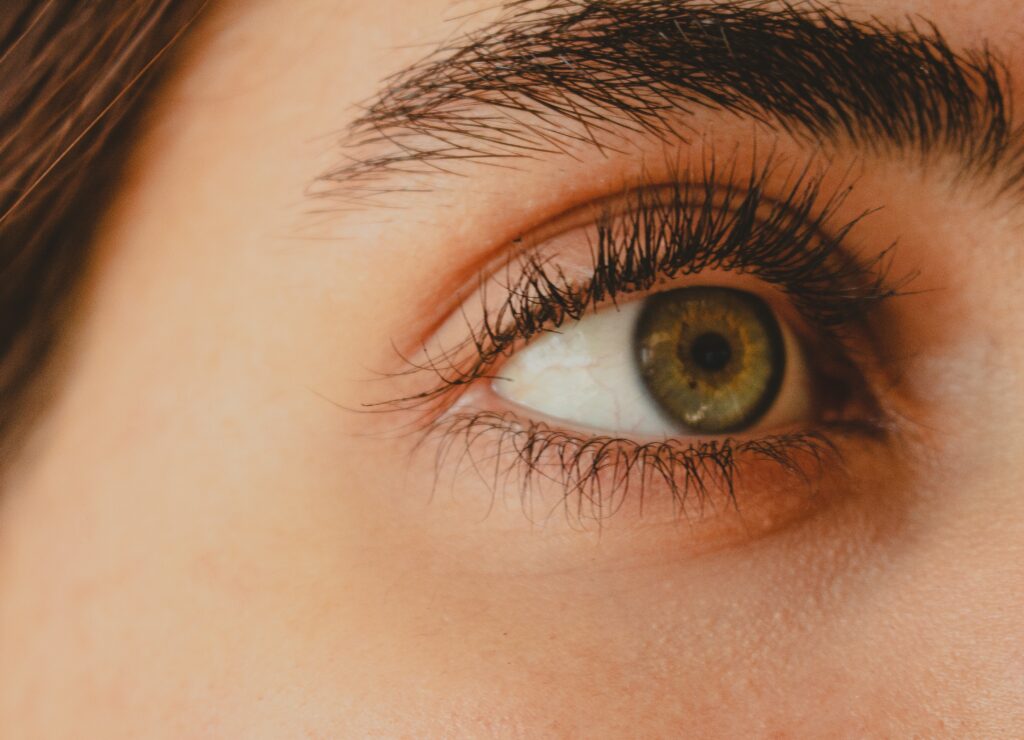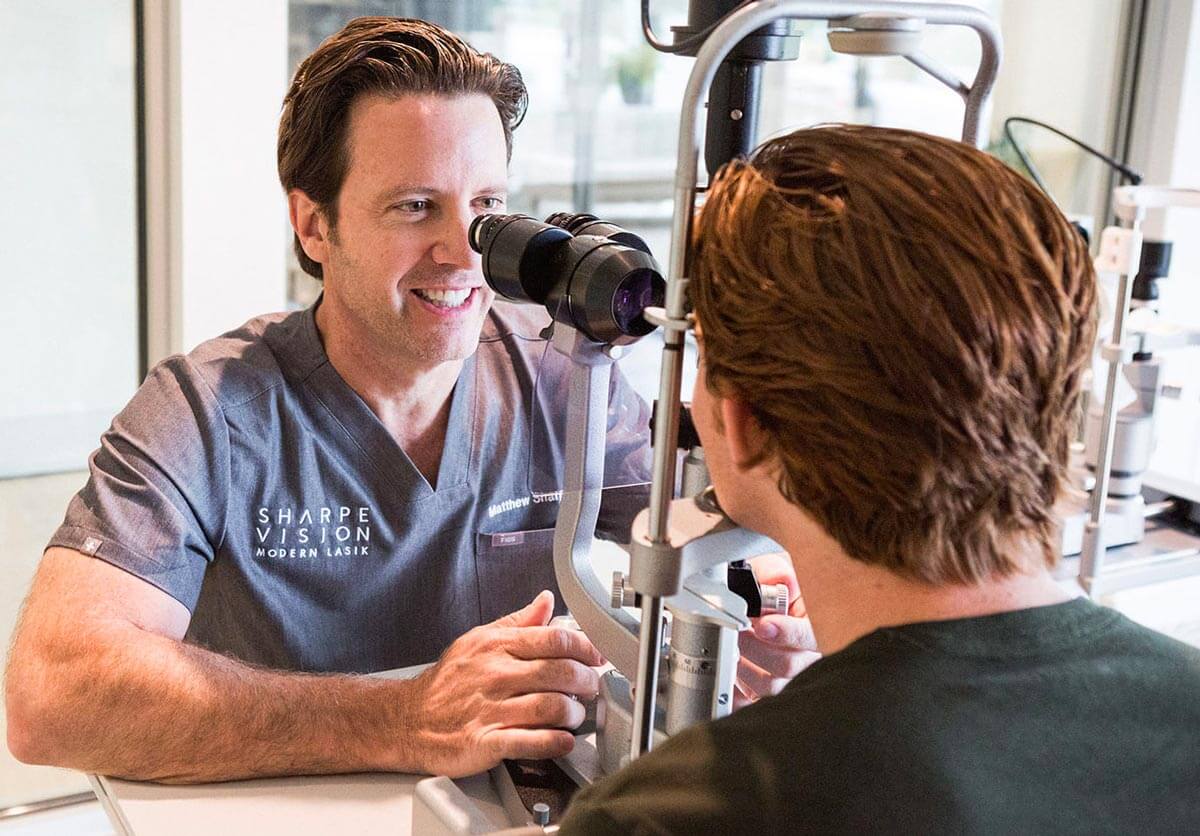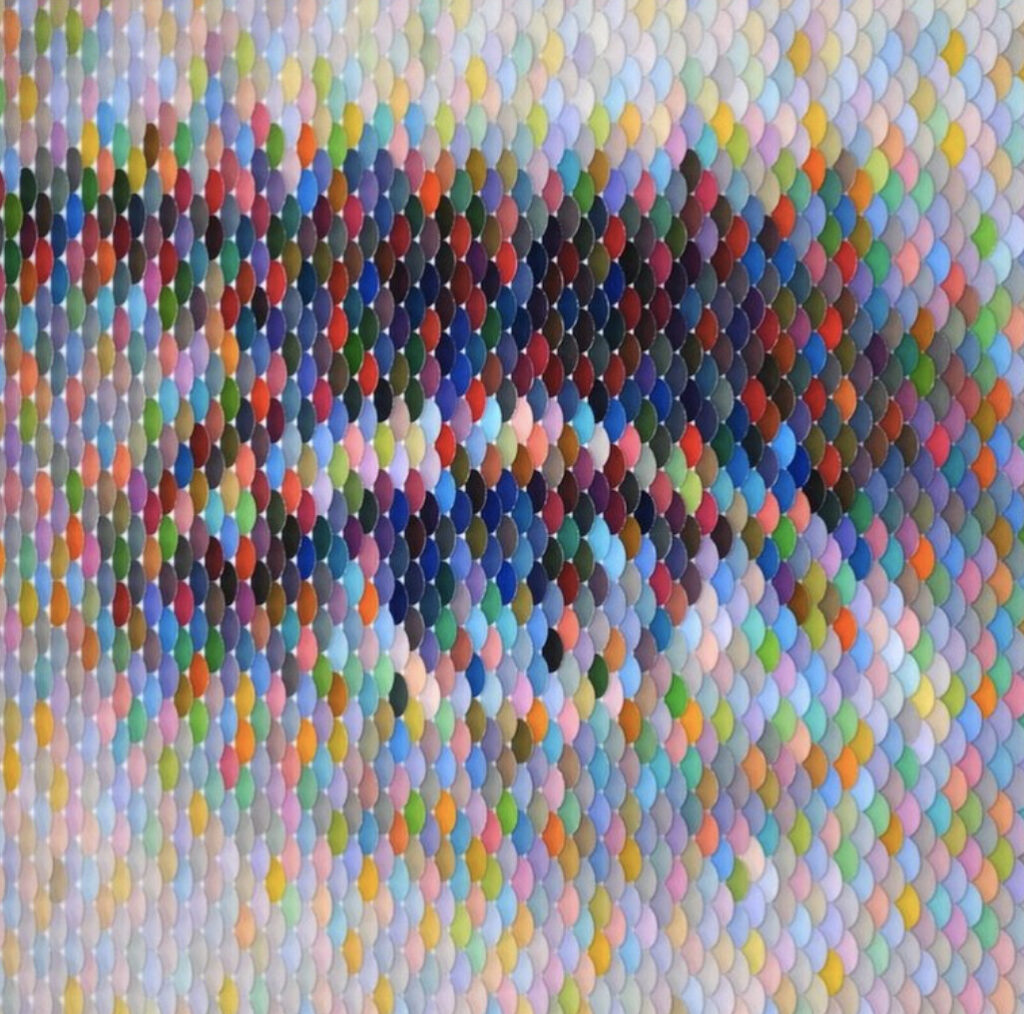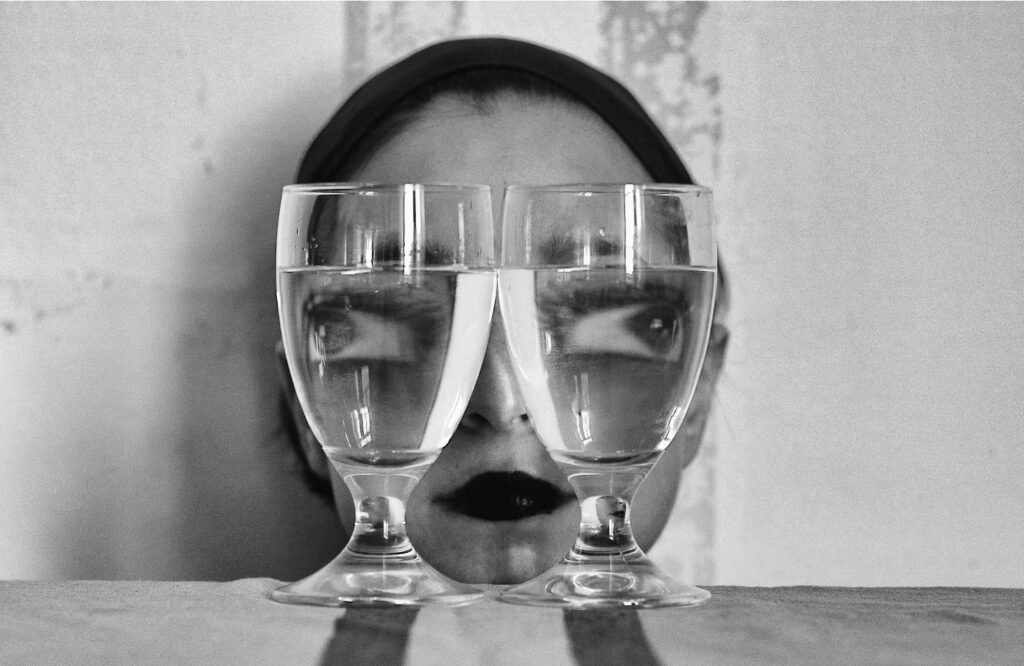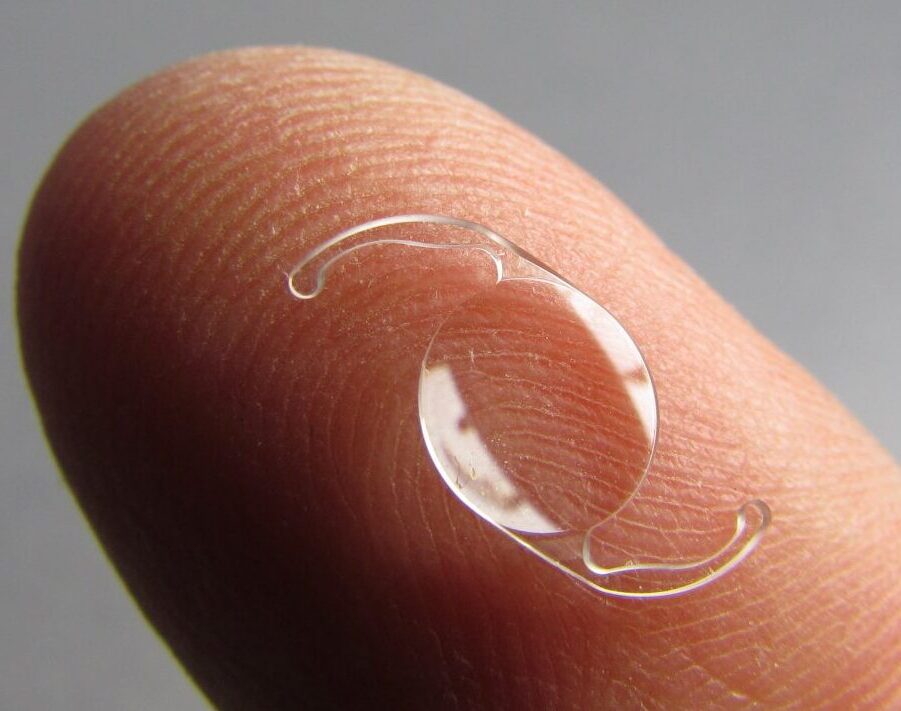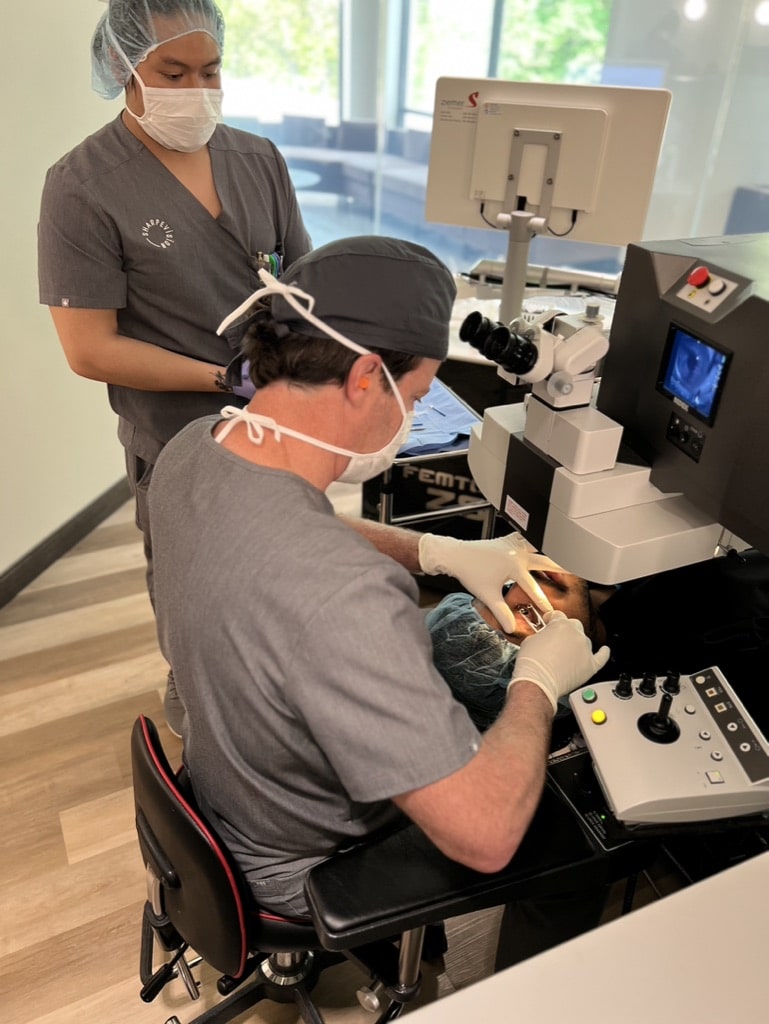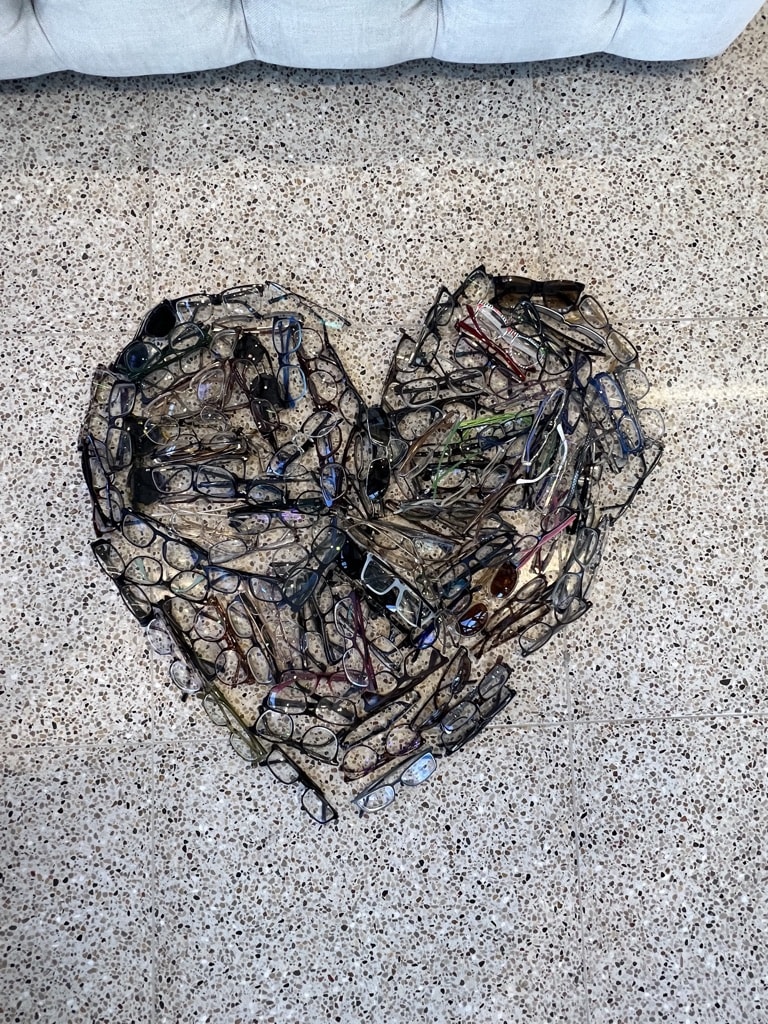Before Procedure
There’s a moving part in our eye called the crystalline lens. The lens is clear, about the shape of an M&M candy, and sits behind the colored part of our eye (the iris). Our lens flexes when we change focus from distant objects to near objects. In our mid-40s, this lens decreases in flexibility to the point that we have increasing difficulty seeing near objects. When this happens, glasses with bifocals help us focus on near objects, such as a book or computer. While there is no current technology that can restore this flexibility, we will demonstrate an option called monovision, which can help us see both distant and near objects without reading glasses. This is a great way to be able to see without readers. With monovision, one eye (usually your dominant eye) focuses far away, and the other focuses up close. We will demonstrate this for you during your exam, and you can try it with contacts, too. It is not an option for everyone, but for many people it is a convenient way to see near and far without dependence on glasses. There is usually a period of adjustment, and if you decide it doesn’t suit you, the procedure can often be reversed for distance vision. We’ll discuss this important option with you in detail during your exam.
Day of Procedure
We understand that this procedure may create nervousness and fear. We’ve worked very hard to make it easy for you. We offer an oral sedative to help you relax, and we encourage you to take it if medically appropriate. We want your experience to be as comfortable as possible. All of your post-operative appointments will be scheduled before your procedure, so you can simply go home when the procedure is complete. Your surgeon will gently talk you through each step of the process, so you know what you will feel, see, and hear. He monitors your eye through the microscope at all times. The entire procedure takes about three minutes per eye; the first laser takes 20 seconds. The second laser takes 10-50 seconds depending on the amount of your prescription.
Post-Procedure
Immediately following the procedure, you will notice a change in your vision. It’s always foggy at first, but most people can see well enough to read a clock from across the room. Your eyes will be numb for 15-25 minutes; then they will start to water and burn. After LASIK, this discomfort usually lasts 4-5 hours. To help with the burning, we supply you with “comfort drops” that have numbing medicine and artificial tears in them. After being driven home, place a cool compress on your eyelids to relieve any discomfort. Try to sleep or rest with your eyes closed. You may resume normal activities the same or following day. You can lift and exercise, but do not rub your eyes. Your vision may still be foggy; this is a normal part of your healing process and will clear in the days and weeks following the procedure. Most people see well enough to work the next day.
